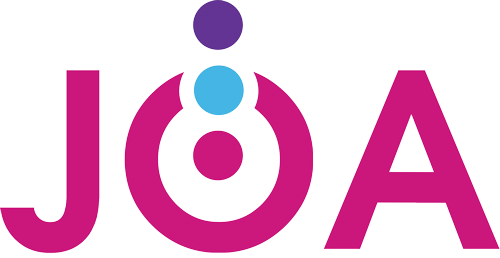Why Your Employees Are ‘Quiet Quitting’ - and What You Can Do About It
Terms like “the Great Resignation” and “quiet quitting” have become commonplace in conversations among employers and employees alike. The Great Resignation, a term that surfaced in mid-2021, refers to workers quitting their jobs en masse following the onset of the COVID-19 pandemic. Even as the world has adapted to “the new normal,” this mass migration of workers has shown no sign of slowing down. According to PwC’s latest Global Workforce Hopes and Fears Survey,one in five workers plans to quit their job in 2022. On the heels of the Great Resignation came the more recently-coined “quiet quitting.” Instead of actually quitting their jobs, employees are showing up to do the bare minimum, collect a paycheck, and go home.
Recently, Google Trends reported that “quiet quitting” was the top trending term being searched, with search volumes reaching an all-time high in August 2022. Although the term surfaced very recently, the concept is nothing new. It’s a trendy name for an age-old workplace phenomenon - employee disengagement. Symptoms of a disengaged worker can include minimal output, slow pace of work, lack of interest in their job, and withdrawal from team-building activities. Disengagement can negatively impact all aspects of your company’s operations.
Why Quiet Quitting Is Worse Than The Real Thing
As we outlined above, quiet quitting has more to do with employee engagement than employee retention. Instead of putting in their two weeks’ notice, quiet quitters are physically staying on the job, but are mentally checked out. They come to work every day to do as little as they can get away with. This means they’re still on the payroll, but their productivity levels are at an all-time low. In more extreme cases, quiet quitters are using company time to work on a side hustle or even another full-time remote job. According to recent data from the Bureau of Labor Statistics, employee productivity in 2022 fell by 2.4% since the previous year - the steepest annual drop since 1948. Much of this is due to the phenomenon of quiet quitting.
Disengaged employees pose more than just a financial and productivity risk. Their negative energy can easily spread to their colleagues, leading to decreased motivation and morale throughout the entire company. Quiet quitting is a problem that should be taken very seriously. In fact, a recent survey revealed that over half of HR professionals are concerned about the impact the practice will have. If you haven’t already started addressing the issue within your organization, now is the time to start.
How Can I Tell That a Quiet Quitter is On My Team?
As the name suggests, quiet quitting can be a silent killer. It’s easy for this kind of workplace behavior to go under the radar for months or even years. A quiet quitter does just enough (often the bare minimum) to escape reprimand or a note from human resources. If business leaders aren’t vigilant, they could be losing thousands of dollars along with countless hours of productivity.
Here are a few of the tell-tale signs of a quiet quitter:
Chronic disengagement
Isolation from other colleagues
Withdrawal from optional workplace activities (social events, workshops, etc.)
Attendance in meetings, but a lack of participation
Colleagues having to “pick up the slack”
Being late for work, taking long lunch breaks, and leaving the office early
Failing to take initiative or take on additional responsibilities
The Link Between Employee Engagement and Wellbeing
Many factors are at play when it comes to employee disengagement. While we could examine the obvious culprits such as inadequate wages and excessive workload, the problem goes far deeper than that. Even highly paid employees can feel disengaged if they sense that their boss doesn’t care about their health and well-being.
The data shows that there is a direct correlation between employee engagement and their physical and psychological health. Many studies reveal that employees who are engaged in their jobs tend to be in better health (and have healthier habits) than their disengaged counterparts. Organizations that invest in the holistic well-being of their staff enjoy lower turnover rates, greater output, and reduced recruitment costs.
In a study published in the Gallup Management Journal, 29% of all workers felt their work had a negative impact on their physical health. When the question was posed solely to a subgroup of actively disengaged employees, that figure jumped to 54%. There’s no denying the link between health and happiness. Healthier employees are happier and more engaged, leading to increased productivity, efficiency and profitability.
One of the biggest contributors to absenteeism in the workplace is musculoskeletal disorders such as lower back pain, tendonitis and carpal tunnel syndrome. These conditions are not only brought on by physical activity but can be linked to mental health factors such as stress and anxiety. Because of the inextricable link between the brain and the body, a holistic approach to workplace wellness must be taken. By prioritizing movement, nutrition, posture, mindset, and teamwork, you can significantly improve employee well-being, productivity, and engagement. Schedule a consultation to discover how an Employee Health and Wellness expert can positively impact your organization.



